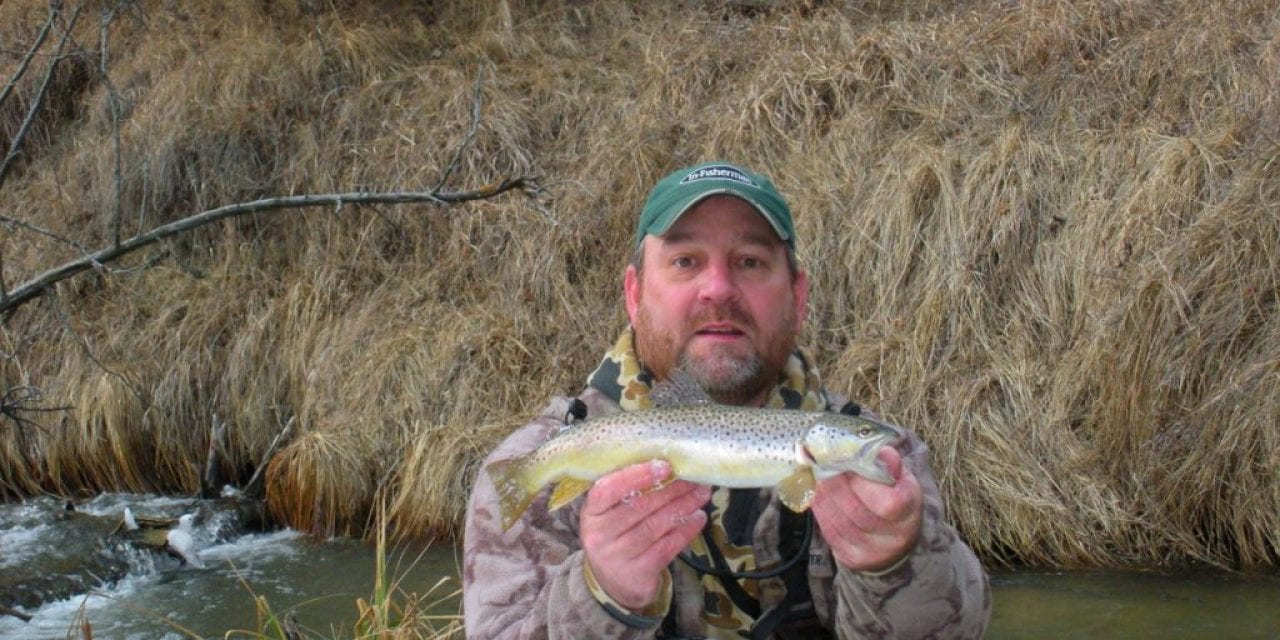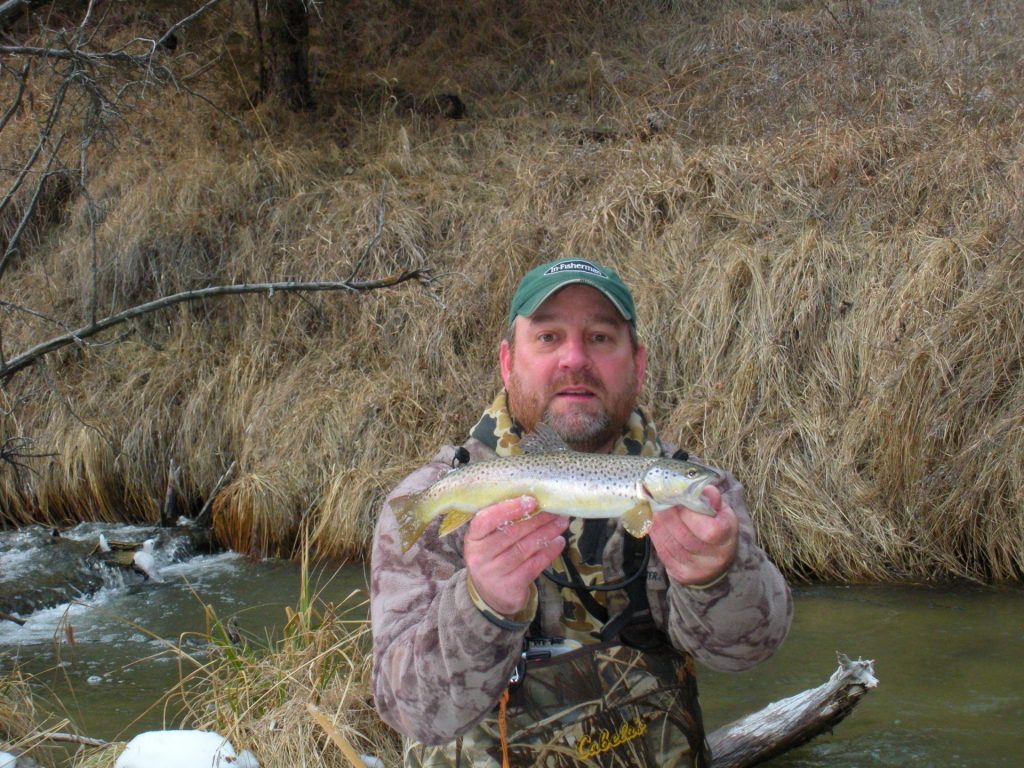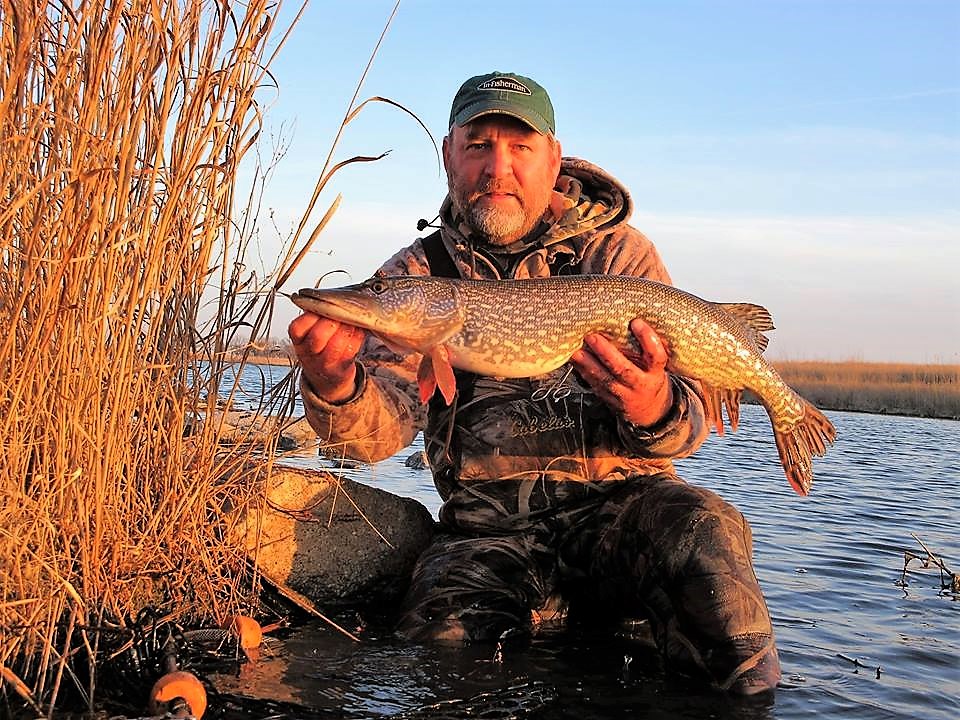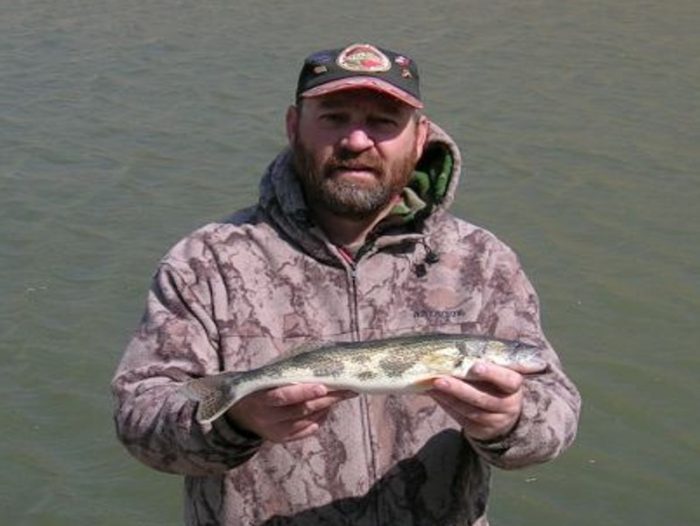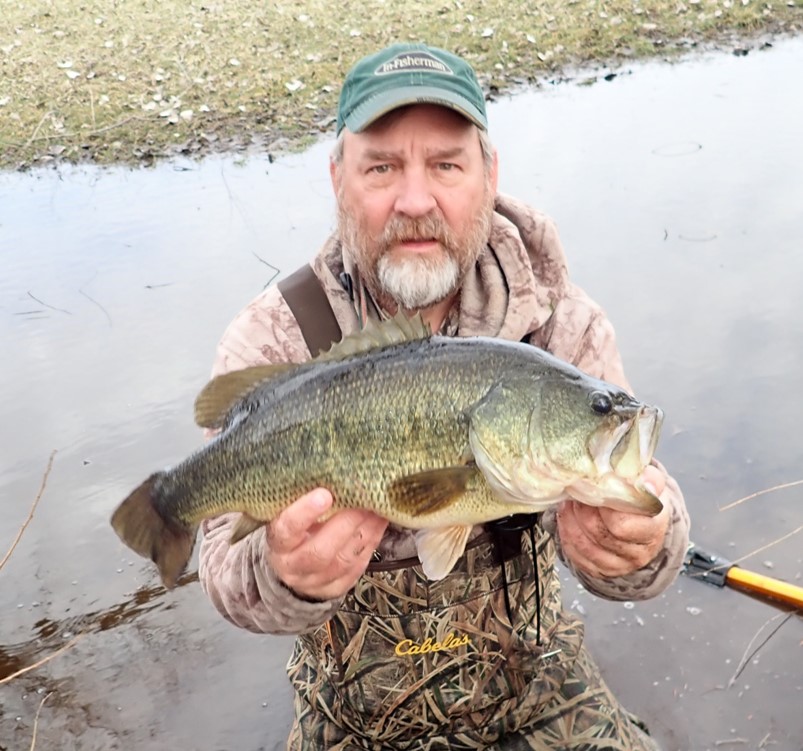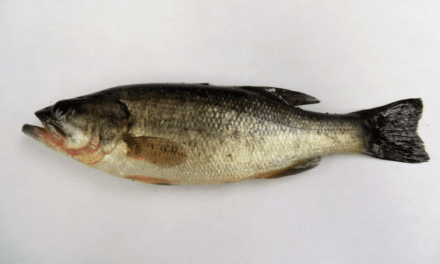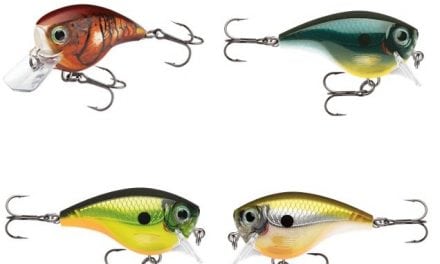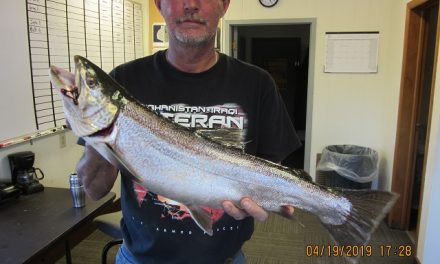We currently are in what I believe to be one of the hardest times of the year to catch fish–early spring. Do not get me wrong, there are some great fishing opportunities now. However, the water is still very cold and the weather is very schizophrenic. Whatcha gonna do?
Well, for starters, my buddy Greg ran a blog this week on 7 Key Early Spring Fishing Tips. Check it out. A lot of Greg’s blog included “stuff” I have said previously. I will not re-run it all, you can see it there.
However, let me go a little bit further. . . .
Versatility is a key to being consistently successful catching fish. That can mean versatility in mastering a variety of fishing presentations, it can also mean versatility in fishing for a variety of species of fish. I always promote that one of the unique things Nebraska offers anglers is the opportunity to catch a variety of species of fish. By targeting different species an angler can take advantage of seasonal peaks for different species and ride the wave of good fishing from one season to another.
So, what am I thinking when my beloved ice finally melts and I have to start fishing cold, open-water?
Well, to stat with. . . .
Trout
Trout are cold-water fish. They are relatively active in the coldest water of the year. Now, you likely can venture to a nearby park pond and fish for some catchable-size rainbow trout that were just stocked. Or, I would rather spend an afternoon exploring one of our year-around cold water trout habitats. Early spring is one of my favorite times of year to do that.
Where to go? Start with our Trout Fishing in Nebraska’s Streams booklet.
On those small streams I like to cover water tossing a Rapala crankbait of some type. A few casts from different angles to likely trout-holding spots, and then move along the stream to the next likely spot.
Do not forget to work on your Trout Slam while you are at it.
Pike
Pike are not cold-water fish, but they are cool-water and the bigger the pike the more active they are in cool water. Of course most ice anglers know that pike are very active under late ice, and they remain so as soon as the ice is gone. However, those pike will be spawning in early spring. That means they will be relatively shallow in marshy spawning habitats or moving into those areas. During actual spawning activity, they will be hard to catch. The good news is, pike are very catchable before and after spawning.
On a warm, sunny afternoon, you will get early spring pike to chase artificial baits. My favorites are neutrally-buoyant crankbaits like Husky Jerks, but slow-rolling spinnerbaits and spoons can work too.
Weather shifts back to cold will slow ’em down. If you have some frozen smelt left over from ice season, hang it below a float and fish it in areas where a migrating pike is likely to swim by.
Sauger
Fisheries management activities have produced some very good sauger fishing opportunities in central Nebraska. Those opportunities can be found at several inlets, outlets or check dams along the canal system in that part of Nebraska.
Sauger are closely related to walleyes, but thrive in flowing water like that in the canal system. They also are a cool-water fish. Again spawning activity will occur in late March/early April, but there can be a very good bite for pre-spawn fish.
The classic presentation in the current is a jig with some type of plastic body, usually a Twister Tail. However, I have found that the Gulp! Minnows or Pulse-R paddle tails usually work even better.
The trick in the snaggy currents where sauger are found is to use a jig heavy enough to cut the currents and fish near bottom without being too heavy and constantly snagging. Plan on losing a few jigs! Maintaining contact with baits to detect strikes is critical; sensitive rods and low-stretch lines work best.
Others
For other species, whether they be crappies, big largemouth bass, or channel catfish, yes, there are some great early spring opportunities. However, I am picky about the times and conditions where I pursue those species. You might notice that all of those fish I just listed are warm-water species. They can be very catchable in early spring, especially on warm afternoons.
I would rather spend an hour or two fishing during prime times than hours when the fish are less likely to bite. Oh yes, I will always tell you the best time to fish is whenever you have time, but I will look for stable, warming trends with sunny, mild afternoons to try to catch warm-water species in early spring. Then I will be thinking warm and fishing relatively slow (see the tips mentioned in Greg’s blog).
We all suffer from “spring fever” this time of year, and we gotta fish. I wonder if it is going to be even worse with “quarantine fever” we are experiencing this spring? It is also frustrating because the water is still very cold and another spring snowstorm is in the forecast. We just want it to be warm and sunny, no coronavirus and the fish biting!
Be patient, those days are coming. Until then, it can be very satisfying, and therapeutic, to scratch a few fish, including some big ones, from early spring, cold water. Hope you get the chance to do so!
The post Ice is Gone, Water is Cold, Now What? appeared first on Nebraskaland Magazine.

